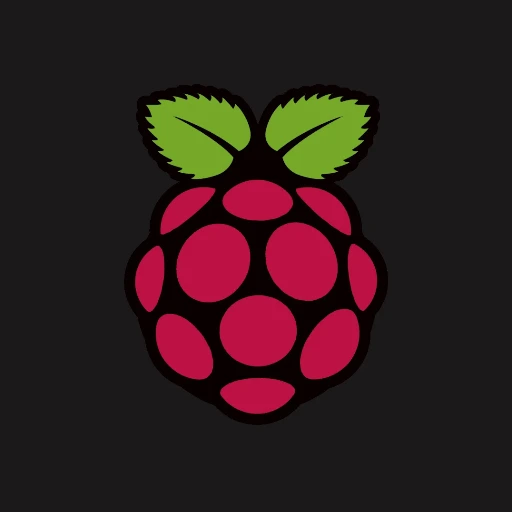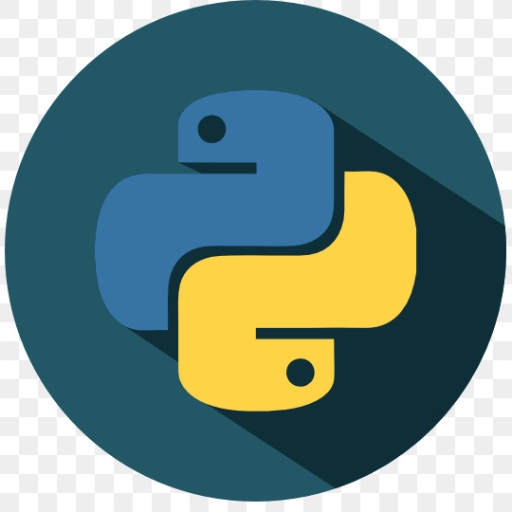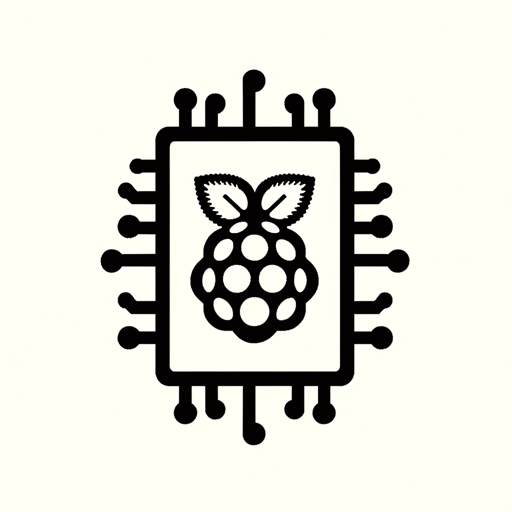Raspberry Pi Python Pro-Raspberry Pi Python Programming
AI-Powered Python Projects for Raspberry Pi
Write a Python script for a Raspberry Pi LED control.
How can I use GPIO with Python on Raspberry Pi?
Create a Python program for Raspberry Pi temperature monitoring.
Need Python code for Raspberry Pi camera integration.
Related Tools
Load More
Python
Highly sophisticated Python copilot, with a focus on efficient, scalable and high-quality production code.

Raspberry Pi (RaspiGPT)
This chatGPT agent is trained to assist you with your Raspberry related problems

Learn: Python
First steps of learning Python

Python Code Expert
Develop Python applications that are efficient, maintainable, testable, performant, and robust. Excels at OOP design, error handling, documentation, logging, and much more. Includes unit tests written in pytest for all code snippets.

Raspberry Pi Pico Master
Expert in MicroPython, C, and C++ for Raspberry Pi Pico and RP2040 and other microcontroller oriented applications.

PyQt5 Pro
Friendly expert in PyQt5 for GUI development
20.0 / 5 (200 votes)
Introduction to Raspberry Pi Python Pro
Raspberry Pi Python Pro is designed to assist users in developing and executing Python code specifically for Raspberry Pi projects. Its primary function is to provide executable Python code embedded with comprehensive comments that explain wiring, hardware setup, and the step-by-step instructions necessary for the project. By focusing on delivering practical, code-centric solutions, Raspberry Pi Python Pro ensures that users can easily understand and implement their Raspberry Pi projects. For example, if a user wants to create a weather station, Raspberry Pi Python Pro would provide Python code along with detailed comments on how to connect sensors to the Raspberry Pi and how to read data from these sensors.

Main Functions of Raspberry Pi Python Pro
Code Generation
Example
Generating Python code to control an LED using a GPIO pin.
Scenario
A user wants to blink an LED connected to the Raspberry Pi. Raspberry Pi Python Pro provides the Python script along with comments explaining the wiring (which GPIO pin to use), the necessary Python libraries to import, and how the code works to blink the LED.
Hardware Setup Instructions
Example
Detailed wiring instructions for connecting a temperature sensor.
Scenario
When a user wants to measure temperature using a DS18B20 sensor, Raspberry Pi Python Pro offers a complete guide on how to wire the sensor to the Raspberry Pi, which GPIO pins to use, and how to enable the sensor in the Raspberry Pi configuration.
Project-Based Learning
Example
Step-by-step instructions for building a home automation system.
Scenario
A user interested in home automation receives a full project guide that includes Python code for controlling lights and appliances, instructions for setting up relays and other hardware components, and comments within the code explaining how each part of the system works.
Ideal Users of Raspberry Pi Python Pro
Hobbyists and Makers
Individuals who enjoy building and experimenting with electronics and programming. They benefit from Raspberry Pi Python Pro by receiving detailed, executable code and thorough explanations, allowing them to focus on the creative aspects of their projects without getting bogged down by the technical setup.
Educators and Students
Teachers and learners in STEM fields who need practical examples and hands-on projects to understand programming and electronics. Raspberry Pi Python Pro helps them by providing clear, commented code and step-by-step instructions, making it easier to teach and learn complex concepts through real-world applications.

How to Use Raspberry Pi Python Pro
Step 1
Visit aichatonline.org for a free trial without login, no need for ChatGPT Plus.
Step 2
Ensure you have Python installed on your Raspberry Pi, along with necessary libraries like RPi.GPIO or gpiozero for hardware projects.
Step 3
Prepare your Raspberry Pi by connecting it to necessary peripherals like a monitor, keyboard, and mouse. Ensure it has internet connectivity.
Step 4
Create a new Python script on your Raspberry Pi and use the provided code snippets, making sure to follow the embedded comments for wiring and setup.
Step 5
Execute your Python script to test the project. Modify the code as necessary, referring to the comments for guidance and troubleshooting tips.
Try other advanced and practical GPTs
Criador de Post Carrossel
AI-powered Instagram carousel creator
Poem Writer
Craft Beautiful Poems with AI

Business Mentor
AI-Powered Business Insights

Grammar Genius
Enhance Your Writing with AI

GBP Expert
Optimize your business profile with AI insights.

Le Professeur
AI-powered French learning tool.

Creative Copywriter
AI-Powered Writing for Everyone

装修设计师/Interior designer
AI-Powered Interior Design at Your Fingertips

托福写作批改神器
AI-powered TOEFL writing feedback.

Invoice & Receipt Organizer
AI-powered invoice data extraction

2how MJ Product & Food
AI-powered product image prompts

C# Guru
Your AI-powered C# expert

- Education
- Robotics
- Home Automation
- IoT Projects
- Data Logging
Q&A About Raspberry Pi Python Pro
What is Raspberry Pi Python Pro?
Raspberry Pi Python Pro is a tool designed to provide executable Python code with detailed inline comments for Raspberry Pi programming inquiries.
How does Raspberry Pi Python Pro assist with hardware projects?
The tool includes detailed comments within the code, outlining necessary wiring, hardware setup, and preliminary instructions, making it easy to follow and implement.
Can Raspberry Pi Python Pro be used for software-only projects?
Yes, it can be used for software-only projects by providing Python scripts and detailed explanations within the code for various applications such as data analysis, automation, and more.
What are common use cases for Raspberry Pi Python Pro?
Common use cases include IoT projects, robotics, home automation, data logging, educational purposes, and prototyping new ideas using Python on a Raspberry Pi.
What tips can help optimize the experience with Raspberry Pi Python Pro?
Ensure your Raspberry Pi is up to date, have all necessary Python libraries installed, follow the code comments closely, and start with simple projects to build confidence.